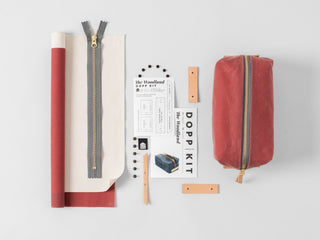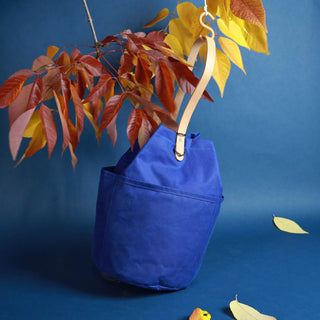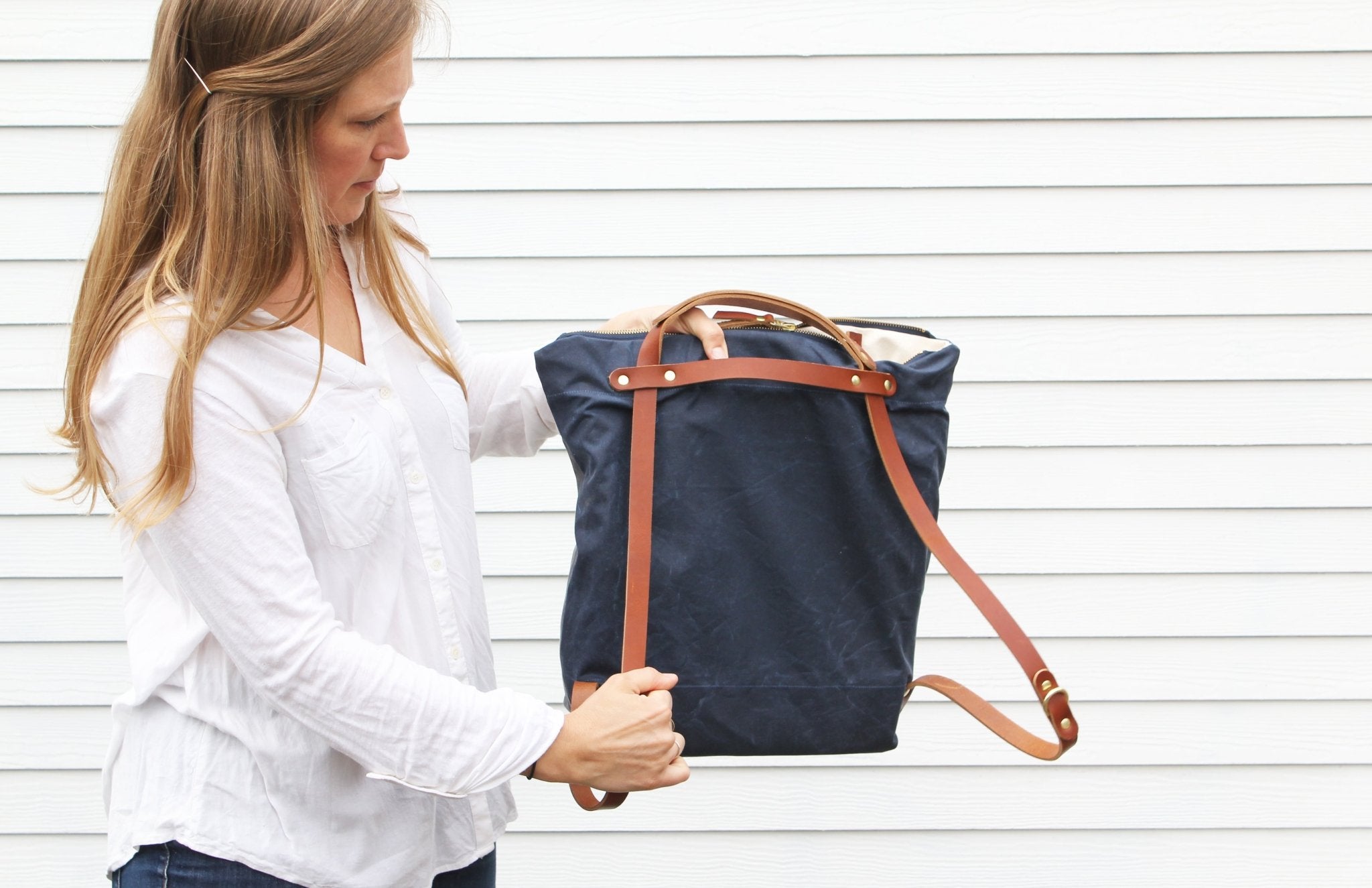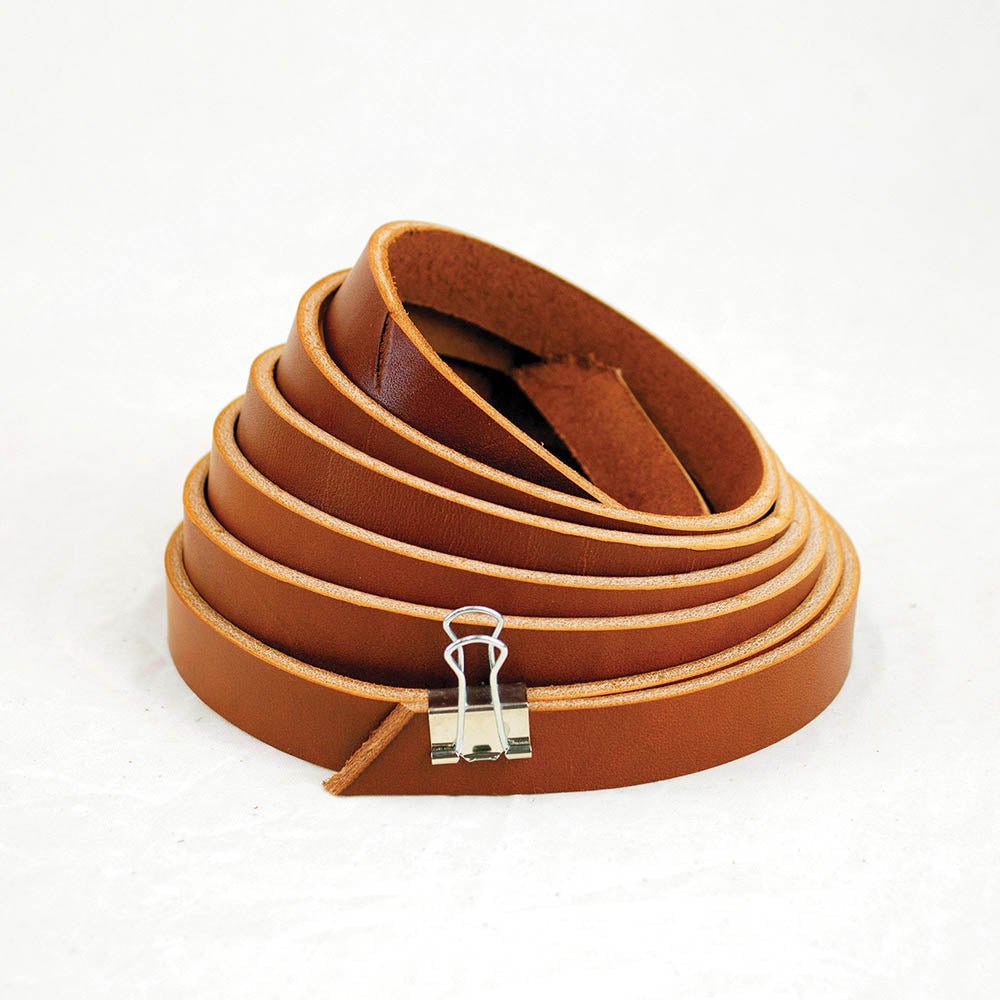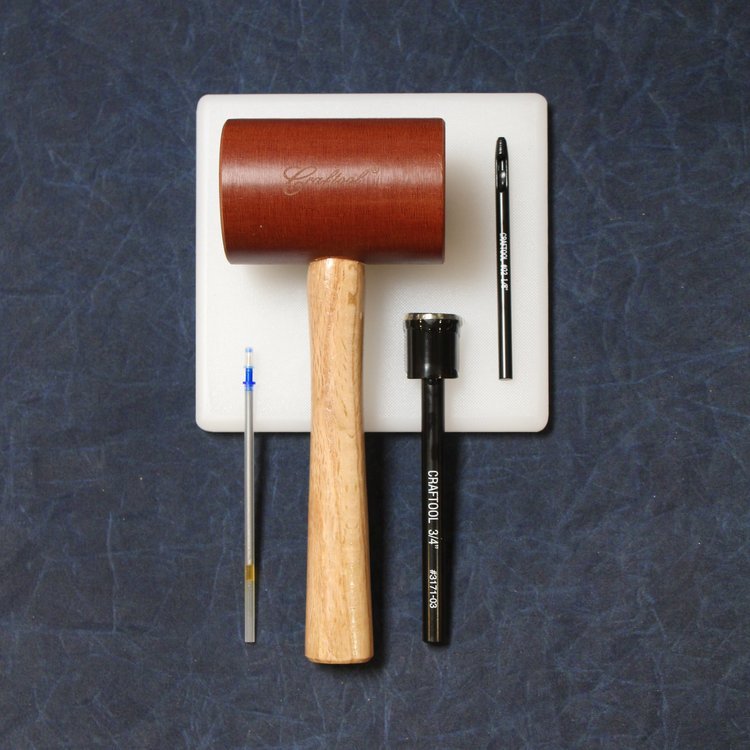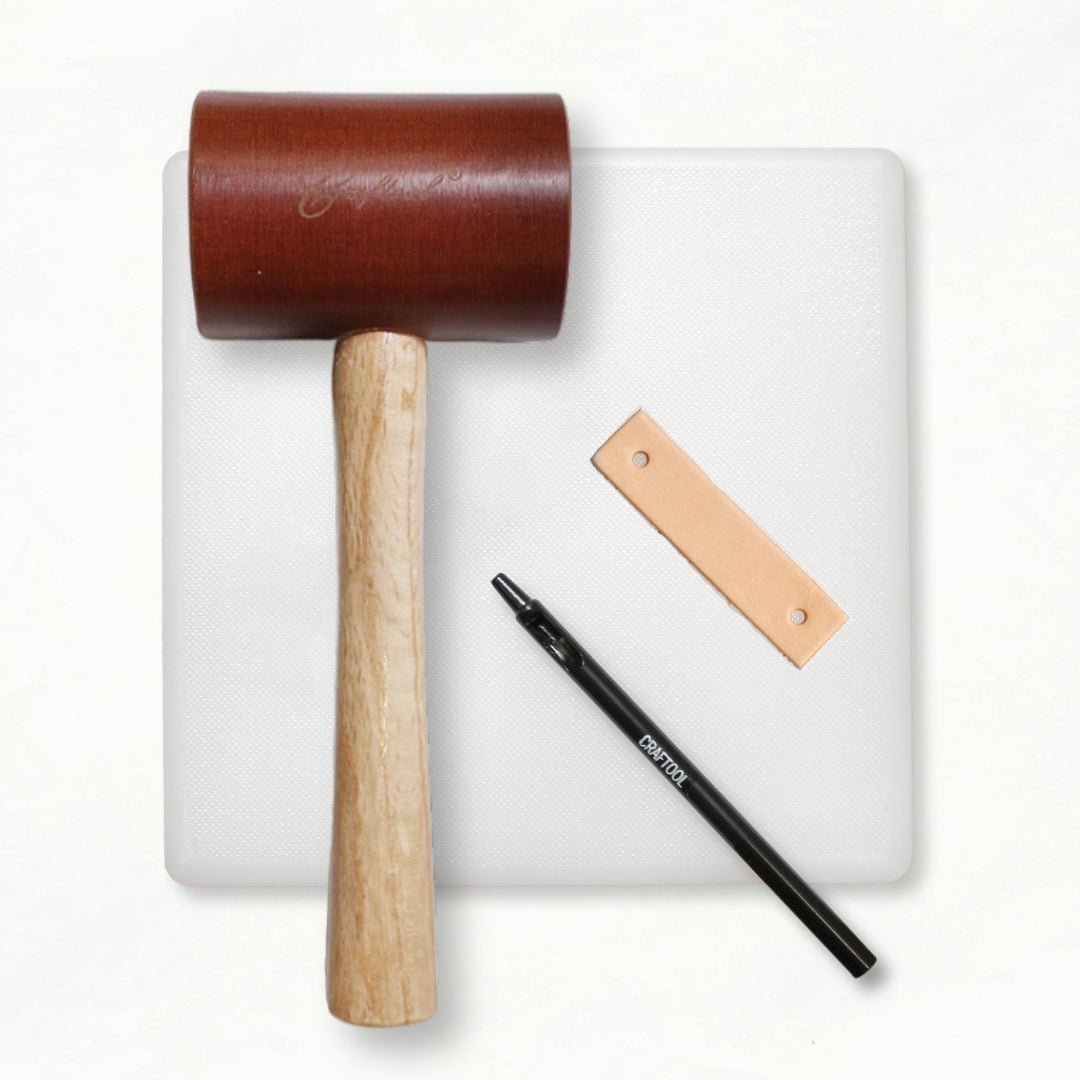Let's talk leather - the backbone of durable, professional-looking bags. It's not just about aesthetics (though a well-chosen leather strap does look amazing). The right leather can turn a good bag into a long-lasting, everyday essential for all your adventures.
Check out our full Leather 101 video to get the lay of the land with leather straps. I'll walk you through everything step-by-step.
Two Leather Types to Know 🐄
- Vegetable Tanned Leather: This is the heavyweight champion. We use 8 -10 oz English bridle leather for straps that need serious strength and durability. It starts firm but softens beautifully over time.
- Chrome Tanned Leather: This 5 - 7 oz leather is more supple right off the bat. It's perfect when you need a bit more flexibility in your straps without sacrificing strength.
Picking the Right Leather 🤔
Choosing leather for your straps isn't complicated, but there are a few key points to remember:
- How do you plan on attaching your leather?
- How much weight will the strap need to support?
- Do you want a strap that's immediately supple, or one that will develop character and softness over time?
Pro Tip: For most bag straps, stick to leather between 5 - 10 oz. Anything thinner might stretch too much, while thicker leather can just make stiff and heavy straps.
Why Leather Rocks 🤘
Leather straps attached with rivets add a touch of class and a whole lot of durability to your bags that you make using a home sewing machine. They're perfect for creating sturdy handles, adjustable shoulder straps, or adding durable backpack straps to your bag.
Plus, there's something incredibly satisfying about working with leather. The smell, the texture, the way it develops a unique patina over time - it's a sensory experience like no other.
Sure, you'll need a few special tools (like a round end punch), but once you get comfortable with leather, you'll be looking for excuses to add it to all your projects.


